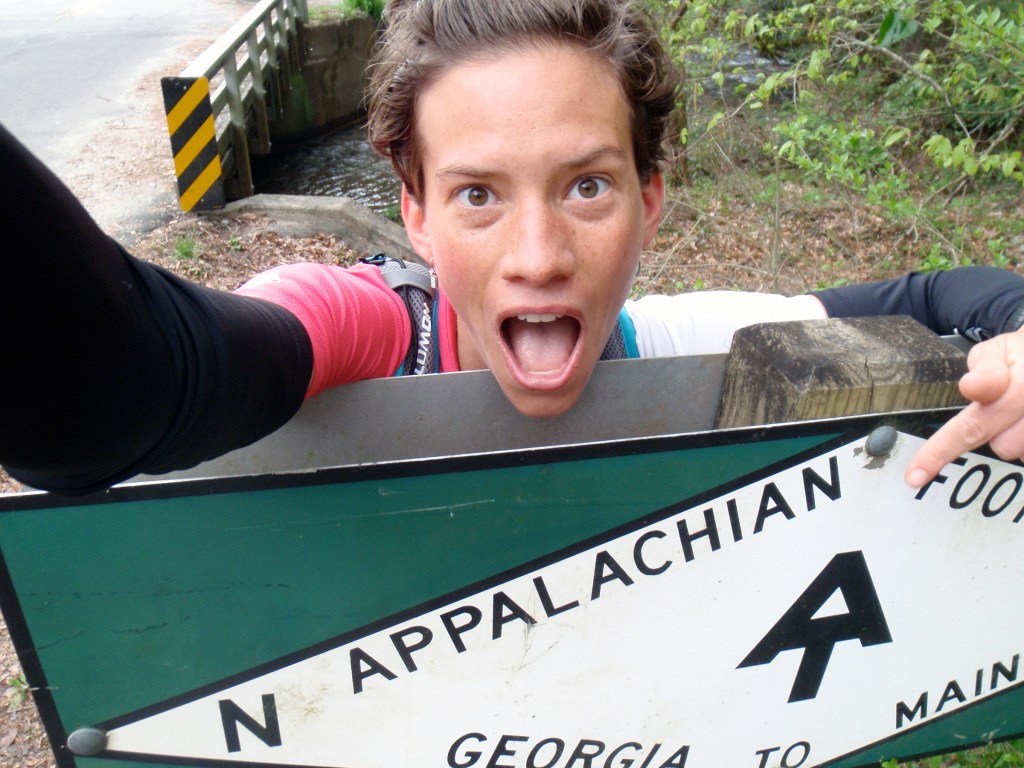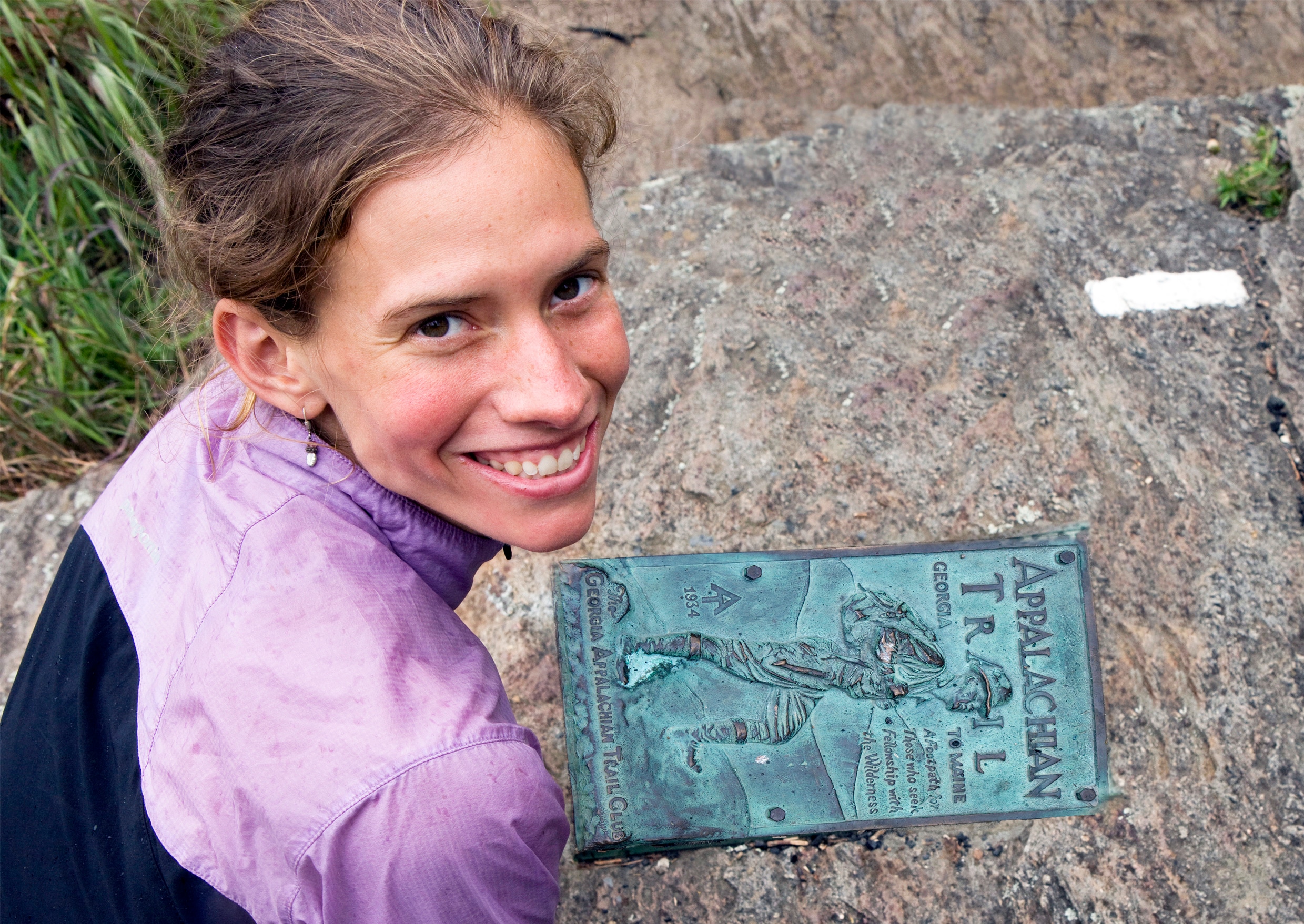Jennifer Pharr Davis became the first woman to set a Fastest Known Time (FKT) on a more than 2,000-mile-long trail when, in 2011, she bested the men’s record for the approximately 2,200-mile Appalachian Trail, adding to her list of FKTs. Pharr Davis reflects on speed in her new book, The Pursuit of Endurance: Harnessing the Record-Breaking Power of Strength and Resilience, which was released in April. In interviews with scientists and other elite athletes, she explores what it takes to set an FKT.
Record holders agree there’s not one single trick to becoming dominant at endurance sports. But similar themes emerge. “Physical endurance is the manifestation of the mental and emotional,” Pharr Davis says. She’s calling me from the road on a 22-state book tour with her husband and two kids in tow. “Running and training will help you with resilience for hard things that are not related.” She believes the same science and psychology applies to athletes’ daily lives. Case in point: We’re interrupted by her six-year-old, Charley, who got into a bag of candy.

Jennifer Pharr Davis’ new book, “The Pursuit of Endurance,” was published in April.
On the surface, the elite athletes she profiles in her book have little in common. There are media-savvy ultrarunners Karl Meltzer and Scott Jurek. There are mentor-mentee pairs like David Horton and Andrew Thompson or Warren Doyle and Pharr Davis herself. And she interviews reclusive, self-taught record-setters Scott Williamson and Heather Anderson, too. These people come from a wide spectrum of backgrounds, but their similarities lie in the questions they ask.
Their record-breaking missions began with curiosity. Is this possible? Is this something I can do? What would it take to make it happen? Over a weekend with friends, Williamson dreamed of hiking the 2,650-mile Pacific Crest Trail twice in one year. Thompson wondered whether he could surpass the AT record of his running mentor, Horton.
To unlock potential, goal-setters must understand their personal biases. On her first AT speed attempt in 2008, Pharr Davis sought the women’s FKT, not the overall record. “I decided before I ever started that I couldn’t compete with the men, so I limited myself to establishing the female mark,” she writes in her book. She set a new women’s record that year, but recognizing the mental ceiling freed her to ask a daring new question: If I did it again, could I beat the men’s FKT, too?
Pharr Davis beat the overall record in 2011 using sports psychology. She told me a three-sentence version: “I can get there. I will surround myself with positive influences of other people. I will see myself where I want to go.” Visualizing yourself winning may sound hokey, but scientists find it works. When you can’t visualize pushing through a tough spot, an encouraging support crew can pull you through.
But even a well-organized crew cannot control all aspects of setting a record. Weather, injury and mental fatigue demoralize runners. In rough times, athletes can’t change what happens to them. But they can control their perception of the experience and their response. This mental trick can mean the difference between quitting and persevering.

Pharr Davis set the overall Fastest Known Time on the Appalachian Trail in 2011. (Photo courtesy of Jennifer Pharr Davis)
One obstacle a positive attitude can’t fix? Finances. Bottomless coffers won’t buy an FKT, but money troubles add stress to an already difficult goal. Endurance athletes should expect and prepare for obstacles they can control. The body, mind and nature will provide the other hurdles.
Of course, winning mind games alone won’t guarantee an FKT. Fitness and physical strength are critical. Growing up, she went from playing basketball and tennis to running marathons and eventually ultramarathons. Today, her FKT training regimen is pretty standard: weekly mileage goals, cross-training and sneaking sit-ups mid-workday as the owner of Blue Ridge Hiking Company, a guiding service on the Appalachian Trail.
Yet Pharr Davis’ record-winning strategy is surprising. To prevent a trip-ending injury, she didn’t run the AT—she hiked it, logging 47 miles a day, at an average pace of 3 miles per hour, for over 16 hours a day. After the FKT, Pharr Davis asked exercise physiologist Shawn Bearden whether a slower pace was advantageous for endurance.
“The heart does well when it stays just above a resting level,” Bearden tells Pharr Davis in her book. “It’s very comfortable doing that for an extended period of time.”
She succeeded in part because she listened to her body and rested when needed. “[On hard days] I needed to adapt to give my body rest to get the strength and energy to keep going,” Pharr Davis says. “Endurance is bending and not breaking. Distance, nutrition, rest, pace—the body sends us strong signals.”
Pharr Davis’ book, on sale now, is especially useful for endurance athletes, but she thinks her findings will help in everyday life lessons, too. “The biggest struggles,” she says, “happen off the trail.”
